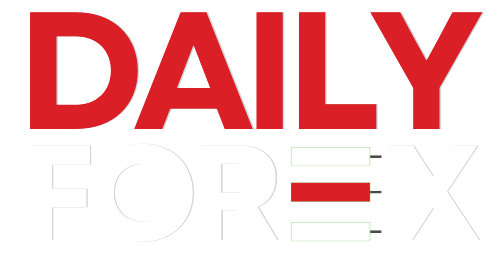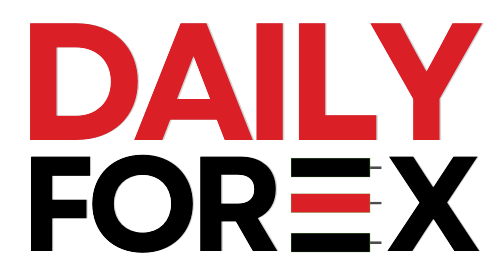Forex trading is one of the most dynamic financial markets, attracting millions of traders globally. Whether you’re a beginner or an experienced trader, one question always comes up:
“Which type of analysis is best for forex trading?”
The answer isn’t as simple as one might think. It depends on your trading style, risk appetite, and how much time you can commit to analyzing the market. Let’s break down the three primary types of forex market analysis and help you discover which one (or combination) fits you best.
🔍 1. Technical Analysis (TA)
Focus: Charts, indicators, and historical price movements
Best for: Short-term traders and scalpers
Time Horizon: Minutes to days
Technical analysis involves analyzing price charts and identifying patterns, trends, and key levels like support and resistance. It assumes that all market fundamentals are already reflected in the price, making price action the ultimate truth.
Common tools:
- Moving Averages (MA)
- Relative Strength Index (RSI)
- MACD
- Fibonacci Levels
- Candlestick Patterns
Pros:
- Ideal for fast-paced trading (scalping, day trading)
- Objective, data-driven approach
- Wide availability of tools and indicators
Cons:
- May ignore fundamental reasons behind price moves
- Can be misleading during news releases or unexpected events
📊 2. Fundamental Analysis (FA)
Focus: Economic indicators, central bank policies, and news
Best for: Position traders and long-term investors
Time Horizon: Weeks to months
Fundamental analysis studies the economic health and political stability of countries to forecast currency trends. Traders use data like GDP, interest rates, inflation, and unemployment to determine currency value.
Key elements:
- Central Bank Interest Rates
- Employment Data
- Inflation Reports
- Political Events
Pros:
- Long-term accuracy
- Helps understand market-driving forces
- Useful for major currency pairs
Cons:
- Not ideal for short-term trades
- Requires deep understanding of global economics
😎 3. Sentiment Analysis (SA)
Focus: Market psychology and crowd behavior
Best for: Contrarian traders and swing traders
Time Horizon: Short to medium term
Sentiment analysis measures how traders feel about a currency pair. If the market is overly bullish, it may signal a reversal. If traders are panicking, it may present a buying opportunity.
Tools used:
- Commitment of Traders (COT) Report
- Social media & news sentiment
- Volatility Index (VIX)
Pros:
- Great for identifying overbought/oversold conditions
- Helps spot potential reversals
- Complements technical and fundamental analysis
Cons:
- Can be subjective
- Requires experience to interpret accurately
🧠 Which Type of Forex Analysis Should You Use?
The best forex traders use a combination of all three types of analysis. Think of it like a three-legged stool. If one leg is missing, the strategy becomes unstable.
Combine All Three:
- Use fundamental analysis to understand long-term trends.
- Use technical analysis to time your entries and exits.
- Use sentiment analysis to avoid entering trades at extreme points.
✅ Summary Table
| Analysis Type | Focus | Time Frame | Best For | Tools |
|---|---|---|---|---|
| Technical | Price charts & indicators | Short-term | Scalpers, Day traders | MA, RSI, MACD, Chart patterns |
| Fundamental | Economic & political factors | Long-term | Position traders | GDP, NFP, Interest Rates |
| Sentiment | Market mood & positioning | Short to medium | Contrarians, Swing traders | COT, Sentiment data |
Final Thoughts
If you want to become a successful forex trader, don’t limit yourself to just one analysis style. Learn to blend technical, fundamental, and sentiment analysis for the best results.
Keep practicing, keep learning, and remember — www.dailyforex.pk is here to help you every step of the way with updated forex analysis, trading education, and news.




